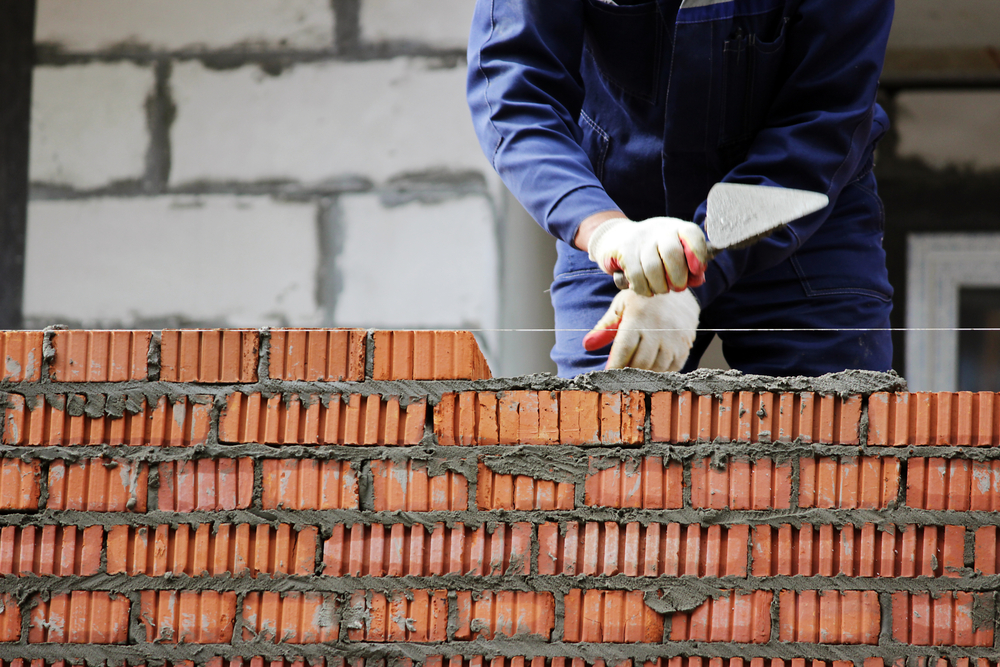
Construction failures in England and Wales jumped 17% in the year to March from 12 months ago, the highest of any industry, according to official data.
This sector saw 4,274 firms go out of business, according to the Insolvency Service, followed by the wholesale and retail trade and motor repairs sector, which saw failures rise 16% and accommodation and food services businesses, up 15%.
Overall, a rate of 57 per 10,000 companies entered insolvency in the year to the end of April, compared to 52.6 per 10,000 companies that failed over the previous 12 months.
The service said that the “number of company insolvencies remained much higher than those seen both during the Covid-19 pandemic and between 2014 and 2019”.
RSM national head of construction Kelly Boorman points out that the building industry is saddled with legacy contracts and high costs, with more pain to come.
She says: “Many construction businesses are still recovering from legacy contracts, procured as fixed cost contracts pre-Covid and subject to litigation.
“The industry has been seriously impacted by inflationary rates and labour costs, especially in the last year. This, coupled with an accelerating pipeline, is causing additional challenges as there isn’t the availability of working capital for businesses to carry out work, which is a key contributor to rising construction insolvencies.
“The industry is stuck between a rock and a hard place, and businesses need support creating sensible growth to prevent overtrading, while navigating ongoing issues with legacy contracts.
“With the risk of overtrading rising, plus squeezed supply chains and labour shortages as the market picks up, there are further challenges on the horizon as labour costs will go up, adding more pressure on businesses and their margins.
“As the housing market also picks up throughout the year, this will pull on material costs and labour.”
Boorman adds: “Looking ahead to the third quarter, we’re likely to see construction insolvencies accelerate, due to added strain in the market as businesses struggle with a lack of working capital, accumulated debt and falling cashflows brought about by legacy contracts.
“In addition, there’s growing uncertainty around future spending due to the political environment and looming general election, which is causing concerns around the supply chain, the government contracts that will be available, as well as the time to award and mobilise these projects.”



